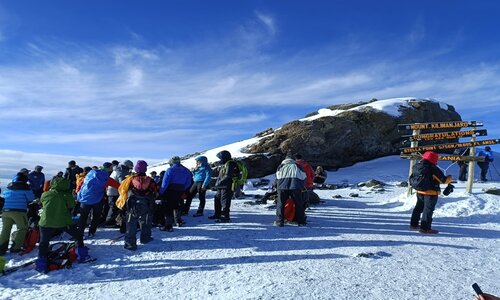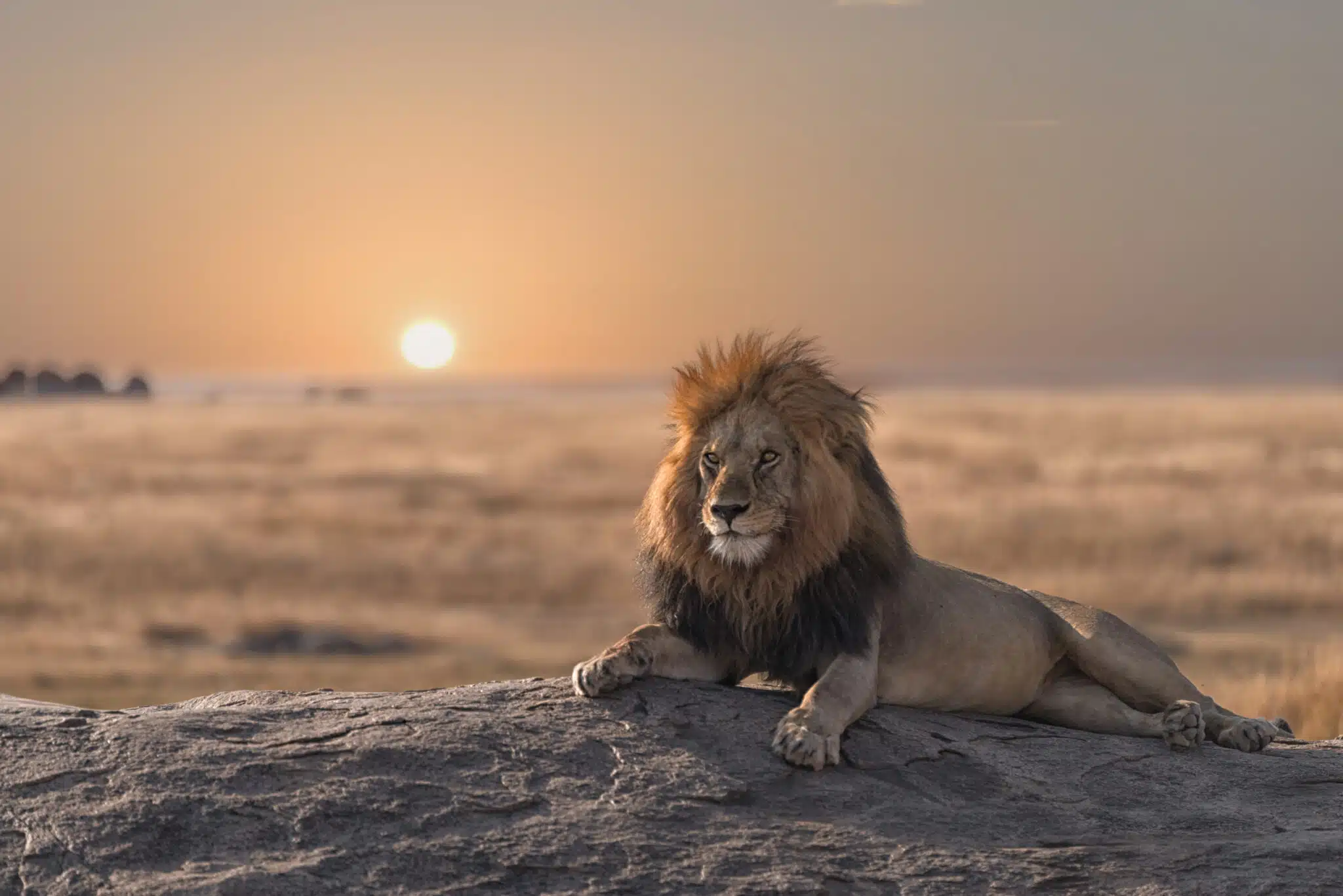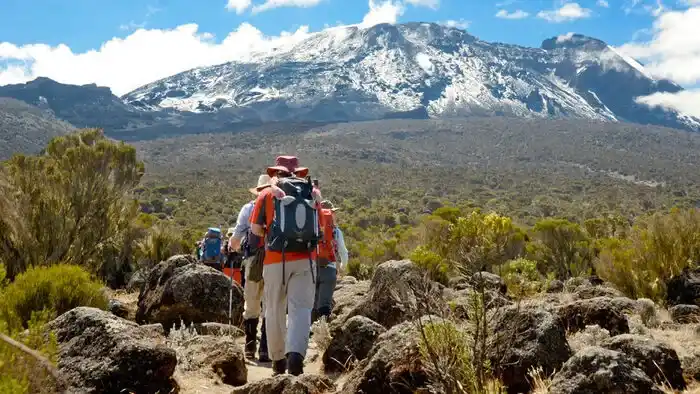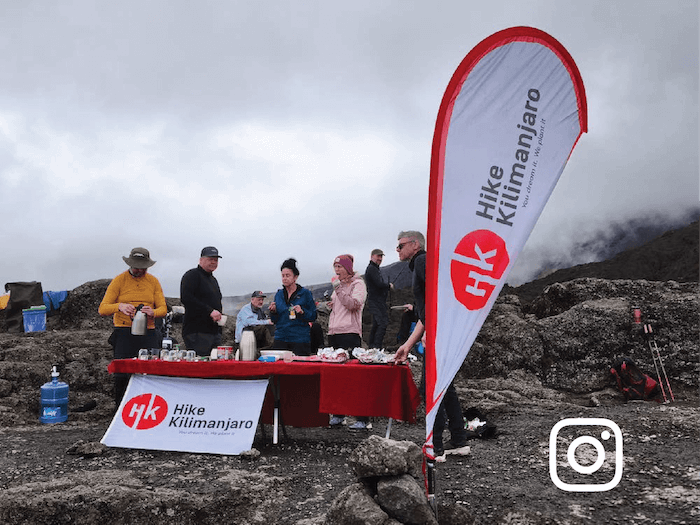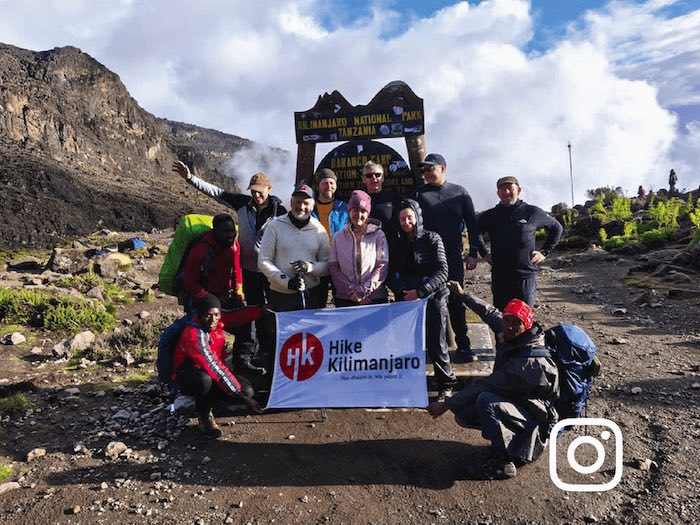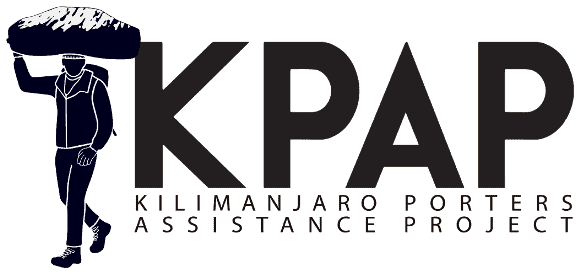Are There Still Glaciers on Kilimanjaro?
Mount Kilimanjaro, the iconic “Roof of Africa,” is not only famous for its height but also for its snow-capped summit a surreal sight just south of the equator. But over the years, climbers and scientists alike have asked the same pressing question:
Are there still glaciers on Kilimanjaro?
The short answer is yes, but for how long?
In this post, we’ll dive deep into the state of Kilimanjaro’s glaciers in 2025, what’s causing their rapid decline, what trekkers can still see today, and why this icy crown is one of the most fascinating and urgent symbols of climate change in the world.
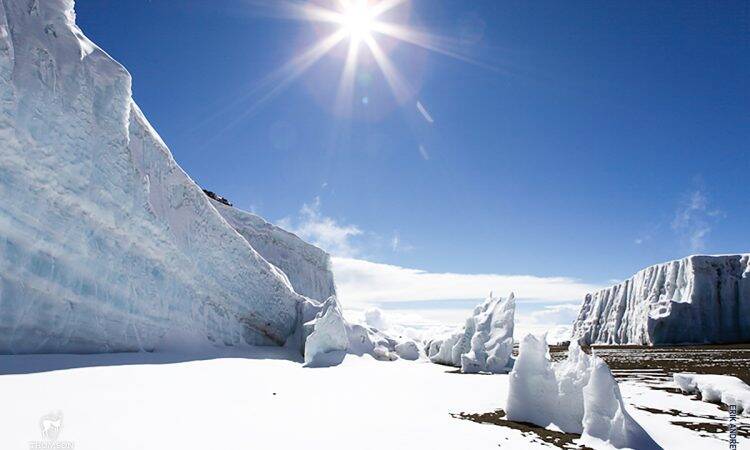
🧊 Yes, There Are Still Glaciers on Kilimanjaro (But They're Shrinking Fast)
As of 2025, Kilimanjaro still has three major glaciers near its summit:
- Furtwängler Glacier
- Rebmann Glacier
- Credner Glacier
These glaciers are remnants of a much larger ice cap that once covered the summit area thousands of years ago. Unfortunately, they’ve been retreating rapidly due to global warming, less snowfall, and increased sublimation (ice turning directly into vapor at high altitudes).
📉 Over 85% of the ice cover has vanished since the early 1900s, and scientists predict that if current trends continue, the remaining glaciers may disappear completely within the next 10–20 years
🌍 Why Are Kilimanjaro’s Glaciers Disappearing?
Unlike other tropical glaciers (like in the Andes), Kilimanjaro’s glaciers are not melting primarily due to temperature increases, but because of:
Reduced snowfall – Less snow means less insulation to protect the ice below.
Sublimation – At high altitudes, sunlight and dry air cause ice to evaporate instead of melt.
Global climate shifts – Regional changes in wind patterns, humidity, and cloud cover all contribute.
🧠 Did you know? Kilimanjaro’s glaciers are over 11,000 years old and you can still walk beside them today.
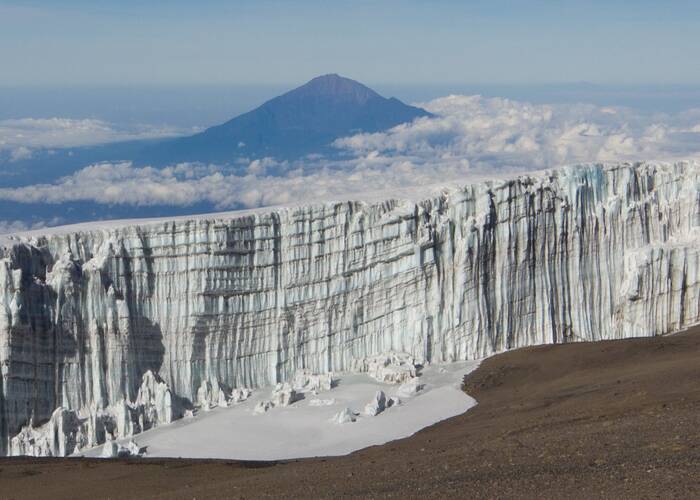
📍 Where Can You See Glaciers on Kilimanjaro?
Trekkers who reach the summit via routes like Lemosho, Machame, Marangu, or Northern Circuit will see the remaining glaciers near Uhuru Peak (5,895m). These icy giants tower above the Crater Camp, near the rim of Kibo’s crater.
Glacier viewing points:
Stella Point – Catch your first glimpse
Uhuru Peak – Surrounded by ice walls and glacier cliffs
Crater Camp (optional) – Closest approach to Furtwängler Glacier
🧭 Which Routes Offer the Best Glacier Views?
To maximize your chances of seeing Kilimanjaro’s glaciers up close, choose a route that allows:
- A sunrise summit at Uhuru Peak (great light for glacier photos)
- A high success rate for reaching the summit
- Option to sleep at Crater Camp
Recommended routes:
📸 Tips for Photographing the Glaciers
The following are the tips photographing glaciers;
- Bring a camera or phone with manual exposure settings
- Use polarized sunglasses to reduce snow glare
- Capture glacier contrast during early morning light
- Protect your device from the cold with inner-layer storage
- Take wide shots and close-up textures of ice ridges
📷 The glaciers make for some of the most iconic summit photos – especially with Uhuru Peak’s sign nearby.

FAQs About the Kilimanjaro glaciers
❄️ Will the Glaciers Disappear Completely?
Unfortunately, yes – unless global climate trends reverse significantly.
Experts from NASA and the UNEP project the complete loss of Kilimanjaro’s glaciers between 2030 and 2040 if no major interventions occur.
That means now is the time to see them before they’re gone forever.
🌄 Why It Matters (And Why You Should See Them Now)
The glaciers are more than just ice – they’re a living piece of Earth’s history. They represent the fragility of nature in the face of human impact and serve as a powerful reminder of the urgency behind environmental conservation.
Visiting Kilimanjaro’s summit today is not just a personal achievement; it’s a chance to witness a disappearing natural wonder and reflect on what’s at stake globally.
❓ Are there still snow and ice at the summit?
Yes, Kilimanjaro is still snow-capped, especially during the dry season. While the glaciers are shrinking, snowfalls still occur on and near the summit.
❓ Can I walk on the glaciers?
No, climbers do not walk on the glaciers themselves, but you will trek close enough to see and photograph them safely.
❓ What’s the best time to see the glaciers?
January to early March and June to October offer the clearest views and safest summit conditions.
👉 Check our Kilimanjaro weather guide →
🧭 Conclusion: Kilimanjaro’s Glaciers Are Still Here For Now
If you’ve ever dreamed of standing beneath ancient equatorial ice, now is your moment. The glaciers of Mount Kilimanjaro are still awe-inspiring, but time is running out to see them.
At Hike Kilimanjaro, we’ll take you there safely, with expert guides who know the mountain intimately. From Lemosho’s scenic slopes to a sunrise above the clouds at Uhuru Peak, your climb will not only be unforgettable – it will be historic.
📩 Contact us to start planning your Kilimanjaro climb today.
📞 WhatsApp: +255 692 406 444
✉️ Email: info@hike-kilimanjaro.com
👉 Explore Kilimanjaro Climbing Routes →
👉 Download the Ultimate Packing List →
👉 Book Your Trek Now →
🔗 Related Blog Posts
The following are related blog links;
Share Your Article:
Make your dream trip come true with Hike Kilimanjaro .

5/5
Based on 100+ reviews

4.9
Based on 60+ reviews
Customized Travel Proposal
At Hike Kilimanjaro, you can tailor your trip to your preferences. Our sample itineraries are customizable, and our specialists work with you to create your dream trip!
Related posts
These full and frank reviews are from travelers who have traveled with Hike Kilimanjaro previously. The reviews and experiences shown here are from reputable travel websites like TripAdvisor, Google, Facebook, and Trust Pilot, etc.
EXCELLENTVerified "This 3-day luxury safari combined with a Kilimanjaro hike exceeded all my expectations. "This 3-day luxury safari combined with a Kilimanjaro hike exceeded all my expectations. The accommodations were elegant and comfortable, and the guides were knowledgeable and friendly. The safari offered incredible wildlife photography opportunities, and climbing Kilimanjaro was a true test of endurance and strength, but the stunning vistas made it all worthwhile. An exceptional journey that I will cherish forever."Posted onVerified "My entire expectations were surpassed by climbing Kilimanjaro. "My entire expectations were surpassed by climbing Kilimanjaro. When one reaches Uhuru Peak, the sensation of accomplishment is indescribable. Because of the well-planned logistics, the amiable crew, and the breathtaking environment, the entire hike was easy and fun. It is a very remarkable event that I would gladly repeat. For adventurers, it's a must.Posted onVerified Tanzania truly offers a world-class experience. "My trek up Mount Kilimanjaro in Tanzania exceeded all my expectations. The stunning scenery, from lush rainforests to icy glaciers, was awe-inspiring. The local guides and porters were incredibly supportive and professional, ensuring a safe and enjoyable climb. It was challenging but incredibly rewarding. Tanzania truly offers a world-class experience for anyone looking to conquer Africa’s highest peak."Posted onVerified I feel accomplished and thankful. Kilimanjaro climbing was satisfying and difficult at the same time. Along the way, there was breathtaking natural splendour and a variety of diverse habitats. The guiding team's assistance was outstanding and got us through some really difficult times. After completing this amazing journey, I feel accomplished and thankful.Posted onVerified Thanks to their knowledgeable advice. From beginning to end, Hike Kilimanjaro offered a smooth and well-planned trip. Their staff made sure we were at ease and ready by being helpful and considerate. Thanks to their knowledgeable advice, climbing Kilimanjaro was difficult but incredibly gratifying. They are the ones I would most certainly pick again for excursions in the future.Posted onVerified "An amazing and well-planned adventure. "An amazing and well-planned adventure! The climb was fun and safe because of the team's experience and upbeat demeanour. I was encouraged by the journey and pleased to have reached the top of Africa.Posted onVerified Highly recommended this tour agency. Wonderful experience! We had a fantastic trip and enjoyed the entire team; we always felt very protected and taken care of. Highly recommended. I want to thank Keddy in particular; you were the best mentors .Posted onVerified "My Kilimanjaro trek was an extraordinary experience. "My Kilimanjaro trek was an extraordinary experience. The route was well-organized, and the staff was attentive and encouraging throughout the climb. The sense of accomplishment upon standing on the summit was overwhelming. The scenery, the challenge, and the sense of connection with nature made this hike truly special. I highly recommend it to anyone looking for a once-in-a-lifetime adventure."Posted onVerified Well Organized and Unforgettable. Hiking Kilimanjaro with a well-run tour company was an incredible experience. The crew was courteous and made sure we were fed, acclimated, and inspired at every stage. The support from porters and guides, as well as the companionship among hikers, helped to make the difficult days bearable. It was weird to be at the top above the clouds. Undoubtedly a life-long accomplishment I will always treasure.Posted onVerified Top notch safari The customer service is on point. Drivers were there to pick us up on time. We saw all the big 5 in Serengeti /Ngorongoro Crater.The accommodation booked Embalakai had great food and staff.Couldn't have asked for a better safari experience. Top notch
Speak to an Expert
Need assistance with your booking? Our friendly Tanzania-based expert team is here to help. Feel free to reach out with any travel-related questions or concerns.

Maxon

- WhatsApp +255 692 406 444


